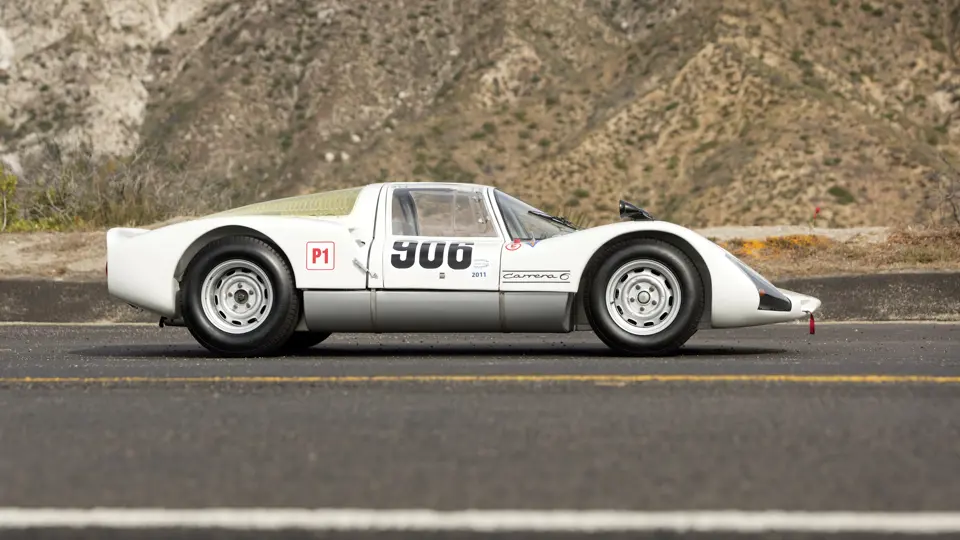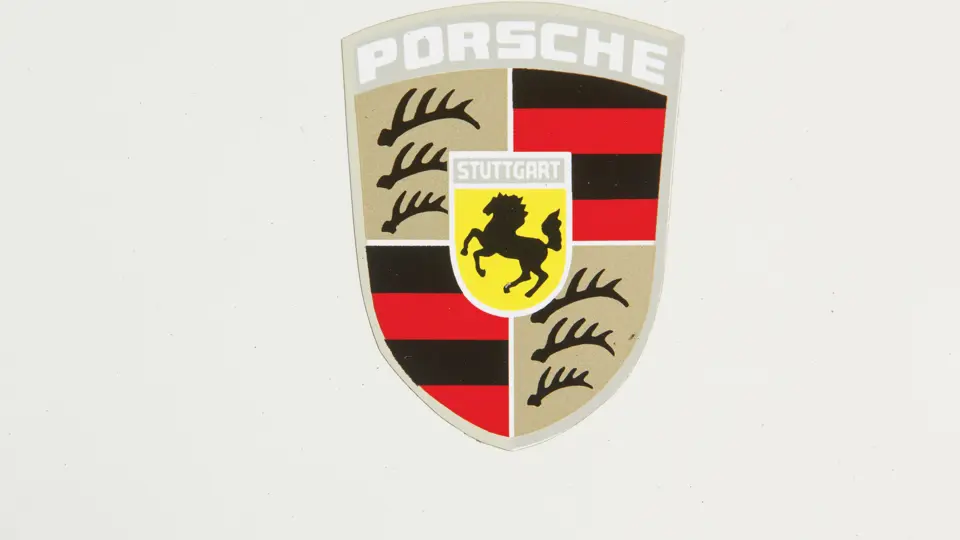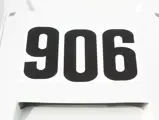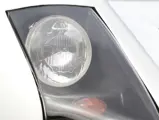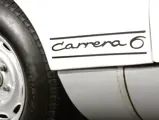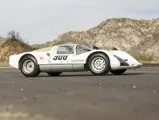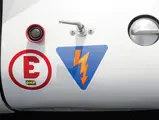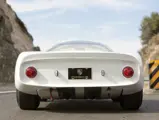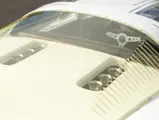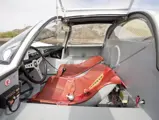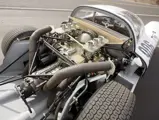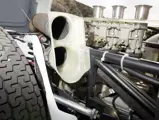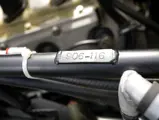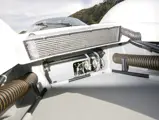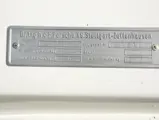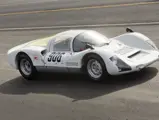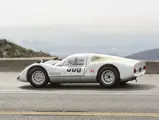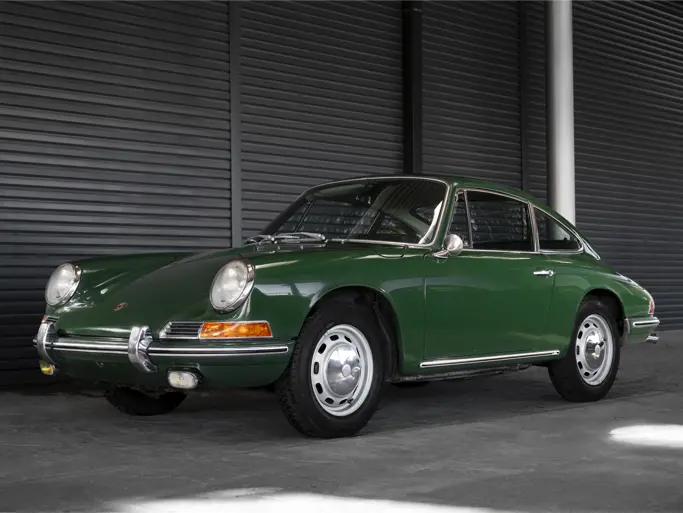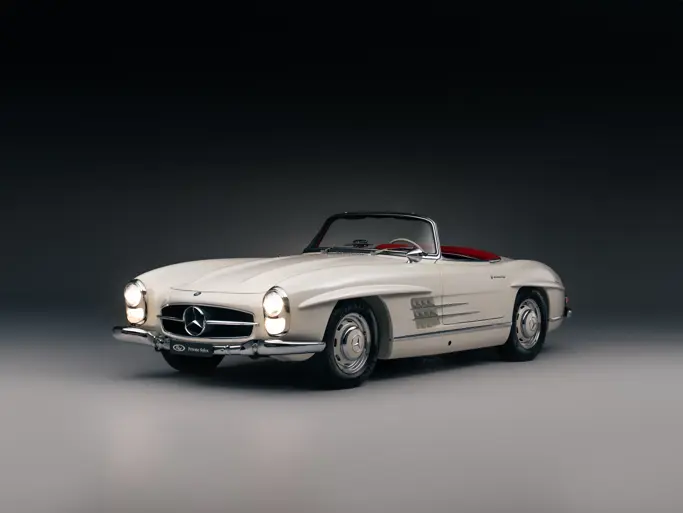
1966 Porsche 906 Carrera 6
{{lr.item.text}}
$1,200,000 - $1,600,000 USD | Not Sold
{{bidding.lot.reserveStatusFormatted}}
- Among the most successful privateer-driven Type 906s
- Formerly part of the famed Vasek Polak Collection
- Documented ownership and racing history from new
- Stunning restoration by marque experts in Germany
- Eligible for major vintage events worldwide
210 bhp, Type 901/20 1,991 cc SOHC air-cooled opposed six-cylinder engine with dual Weber 46IDA 3C triple-throat downdraft carburetors, five-speed manual transmission, independent front and rear suspension, and four-wheel disc brakes. Wheelbase: 90.6 in.
The 1966 Type 906, soon to be known by its more popular name of Carrera 6, was Porsche’s response to the 1965 appearance of Ferrari’s new featherweight hill climber, the 206 Dino. The Dino had rendered Porsche’s fiberglass-bodied 904 GTS obsolete almost overnight. Like the 904 and the Dino, the 906 had its engine mounted midship, which was ahead of the rear transaxle. Unlike the 904, which had been constructed on a sheet-steel backbone frame, the 906 was based on a light and very strong tubular steel space frame that had a 90.6-inch wheelbase, a front track of 52.7 inches, and a rear track of 55.2 inches. The suspension was fully independent, with wishbones and coil springs at all four corners, ZF rack-and-pinion steering, and large four-wheel disc brakes inside the 15-inch steel and alloy disc wheels.
Experimental Department head Ferdinand Piech, Ferdinand Porsche’s grandson, had wanted to use 13-inch diameter Formula One wheels to lower the new car’s profile, as on the Type 909 Ollon-Villars hill climb special. However, the company had already purchased a large quantity of new 15-inch wheels for a planned, but cancelled, second production run of 904s. Porsche could not afford to write off the expense, so the larger wheels would be used on the 906 as well, resulting in that car’s steeply arched front fenders.
The Carrera 6’s engine, following Porsche’s practice of the day, was an air/oil-cooled boxer six that had a lightweight, magnesium alloy, seven-main-bearing case. Many of these magnesium cases proved problematic early in life, and as in this car, they were replaced with new factory sand-cast aluminum pieces. The cylinder heads were of aluminum alloy, carrying sodium-filled exhaust valves. The crankshaft was forged steel, and the connecting rods were titanium. An 80-millimeter bore and 66-millimeter stroke gave a swept cylinder volume of 1,991 cubic centimeters. This engine, breathing through a pair of Weber 46 IDA 3C triple-throat carburetors, had a 10.3:1 compression and developed a conservative 210 DIN horsepower (some say it was more like 220) at 8,000 rpm and 145 foot-pounds of torque at 6,000 rpm. Power was transmitted to a five-speed, fully-synchronized transmission, for which a wide variety of gearing was offered, including close-ratio sets for hill climbing, at which the 906 was to prove very adept.
Porsche engineers designed a sleek new fiberglass body shell, but as on the iconic Mercedes-Benz 300 SL Coupe, the 906’s space frame dictated a pair of top-hinged, gullwing-type doors. That prompted some to dub the car the “Batmobile.” Another body feature was the distinctive louvered and yellow-tinted clear plastic engine cover. There was a large air intake atop the nose for the oil cooler, and split air intakes were ahead of the rear wheels, which were ducted to cool both the rear brakes and the transaxle. Scaling just 1,275 pounds with oil but no fuel, the 906 could reach a top speed in excess of 170 mph.
The Carrera 6 was homologated for FIA racing in January 1966 as a Group 4 GT, for which a construction run of at least 50 examples was required. Each of the production cars, wrote Jerry Sloniger for Car magazine’s August 1966 issue, was individually tested at the Hockenheim circuit before being shipped off to its new owner. Porsche also built nine prototypes with Bosch mechanical fuel injection (the 906E), and two more chassis were fitted for flat eight-cylinder engines. Barely a month after the first 906 had been completed, it was entered at the 1966 Daytona 24 Hours, where it was shared by factory drivers Hans Hermann and Herbert Linge. The dark blue Coupe finished 6th overall and won its class. There was little doubt that the Carrera 6 was going to be a formidable racing machine.
According to Jürgen Barth and Ulrich Trispel, co-authors of the chassis-by-chassis volume Porsche 906, this fine example, chassis 906-116, enjoyed an extremely successful competition history in the hands of several talented drivers. This chassis was delivered to Baden Auto in Freiburg, Germany, on March 15, 1966. Its first owner was business entrepreneur and occasional racing driver Werner Brockhaus. There are no records of him racing his 906, and in 1968, Brockhaus sold it to a young racing driver from Reutlingen, named Helmut Leuze.
Beginning with an Alfa Romeo in 1965, Leuze had moved on to both a 911 and a mid-engine 904 by early 1966. He immediately found the 906 to his liking, winning his class in his first hill climb with the car, which now bore Reutlingen registration number RT-FR 80. Leuze would go on to enjoy an extremely successful hill climb and road racing career with this Porsche, before moving to an Abarth 2000 Spyder for the 1969 season and ending his racing career with a Porsche 908/02 (Flounder) in the 1970 Interserie, the European equivalent to North America’s Can-Am Challenge.
According to Barth and Trispel, 906-116’s next owner was Speyer industrialist Manfred Weißmann, who changed its registration to SP-KE 84. Weißmann did not race 116 but instead installed driver Gerhard Schuler, of Mannheim, and later Günther Schwartz. Schuler continued to add to 116’s sparkling record, while Schwarz had mixed results. The car was repainted red and then sold to Albert Pfuhl, of Darmstadt, in 1970, and the next year, it went to the very talented Harald Link from Saarbrücken.
That spring, Link suffered a crash while sorting the car out on the Nürburgring’s challenging Nordschleife circuit. The car slid off-course, damaging the right rear corner and ending Link’s efforts. The car was sold to Freisinger Motorsports in Karlsruhe, where the car was completely disassembled and stored. In 1973, the car was sold to the famed Southern California Porsche dealer and race team owner Vasek Polak. Again, the car was simply put into storage, becoming part of the fabled “Hidden Treasure” collection of racing cars, engines, and other components that Polak had assembled over the years.
In 1989, 906-116 was re-acquired by Freisinger, who eventually embarked on a lengthy nose-to-tail restoration to as-new specification. Over the car’s life, numerous items were updated, including the engine case, wheels (to all-steel), and an on-board FIA-approved fire system. In 2008, the car was sold to a Greek industrialist, who drove the car in several “gentlemen’s rallies” in Europe. The car was subsequently purchased by the consignor in the summer of 2013. The consignor states that the engine was fresh upon the car’s delivery, but it was fully serviced and inspected, including cylinder leak-down and internal boroscopy, by 906 specialist Heinz Heinrich. The brakes, lines, and other items were also checked, and the car is described as being in top condition, with a high level of detail throughout.
With 13 finishes from 15 starts in 1967 and 13 finishes from 17 starts in 1968, including many class victories, Helmut Leuze posted a brilliant hill climbing record with 906-116, certainly among the best performances by a Porsche privateer. The car recorded eight more excellent results during the 1969 season. With numerous class wins in the European Hill Climb Championship series over its first three years of competition, 906-116 had proven itself to be an extremely reliable race car, and in the right hands, it was capable of podium finishes at almost every outing. Not only are these cars highly competitive on the race track, they ooze good looks and are considered by many to be one of the prettiest race cars of their era. The consignor notes that this particular Carrera 6, with 90% of its original parts, is probably one of the most correct examples in existence. This fine automobile is provided with its FIA documentation and a complete photo record of the restoration. It would be welcome at any major concours d’ elegance or on the entry lists of important vintage racing and rally events worldwide.
Competition Record for 906-116
1967 Apr. 2 Krähberg-Rennen (D) Leuze 1st S2000
Apr. 9 Bergrennen Heilbronn (D) Leuze 1st S2000
Apr. 16 Bergrennen Bad Neuenahr (D) Leuze DNF
Apr. 23 Bergrennen Eberbach (D) Leuze Accident, DNS
July 9 Bergrennen Trento Bondone (I) Leuze 6th S2000
July 16 Bergrennen Taubensuhl (D) Leuze 1st S2000
July 30 Bergrennen Freiberg-Schauinsland (D) Leuze 6th S2000
Aug. 13 Flugplatzrennen Wunstorf (D) Leuze 6th S2000
Aug. 20 Bergrennen Ratisbona (D) Leuze 2nd OA, 2nd S2000
Aug. 27 Bergrennen Ollon-Villars (CH) Leuze 5th S2000
Sept. 3 Gaisberg-Rennen (D) Leuze 4th S2000
Sept. 10 Flugplatzrennen Ulm-Laupheim (D) Leuze 1st S2000
Sept. 24 Bergpreis Schwäbisch Alb-Neufen (D) Leuze 2nd S2000
Oct. 8 Flugplatzrennen Innsbruck (A) Leuze 9th OA, 3rd S2000
1968 Apr. 7 Krähberg-Rennen (D) Leuze 2nd S2000
Apr. 21 Bergrennen Heilbronn (D) Leuze 1st S2000
Apr. 28 Bergrennen Eberbach (D) Leuze 1st S2000
May 5 Bergrennen Riedenberg (D) Leuze 1st S2000
May 11 Wallberg-Rennen (D) Leuze 1st S2000
May 19 1000km Nürburgring (D) Leuze/Fischhaber DNF, engine
June 2 Bergrennen Montseny (E) Leuze 4th S2000
June 9 Alpenbergpreis Roßfeld Berchtesgaden Leuze 6th OA, 5th S2000
June 30 200 Meilen Norisring, Nürnburg (D) Leuze 1st S2000
July 7 Bergrennen Bolzano-Mendola (I) Leuze 3rd S2000
July 14 Bergrennen Trento-Bondone (I) Leuze DNF, clutch
July 21 Bergrennen Cesana Sesrtriere (I) Leuze 4th OA, 1st S2000
July 28 Bergrennen Freiberg-Schauinsland (D) Leuze 4th OA, 1st S2000
Aug. 25 Bergrennen Sierre Montana Crans (CH) Leuze 5th OA, 3rd S2000
Sept. 8 Gaisberg-Rennen (D) Leuze DNF
Sept. 22 Bergrennen Mont Ventoux (F) Leuze DNF, gearbox
Oct.13 Flugplatzrennen Innsbruck (A) Leuze 3rd S2000
1969 July 20 Bergrennen Taubensuhl (D) Schüler 1st S2000
Sept. 21 Bergrennen Rheinland-Pfalz (D) Schüler 1st S2000
Oct. 5 Flugplatzrennen Hohn-Rendsberg (D) Schwartz 2nd SP2000
Oct. 12 Sauerland-Bergpreis (D) Schüler 1st SP2000
Oct.19 Hessenpreis, Hockenheim (D) Schüler 5th S2000
Oct. 26 Rundstrekenrennen, Aachen, Zolder (D) Schwartz 4th S2000
Nov. 16 Flugplatzrennen Sembach (D) Schüler 2nd S2000
Nov. 30 Saisonfinale Hockenheim Schüler 1st LG2
1970 Apr. 5 Krähberg-Rennen (D) Jöst DNS
June 21 Flugplatzrennen Mainz-Finthin (D) Pfuhl 4th S2000
July 19 Flugplatzrennen Diepholz (D) Pfuhl 2nd SP2000
Oct.11 Preis von Baden-Württemberg
Hockenheim (D) Pfuhl DNS
Oct. 25 Flugplatzrennen Munchen-Neibiberg (D) Pfuhl 9th SP2000
Data courtesy of Jürgen Barth and Ulrich Trispel.




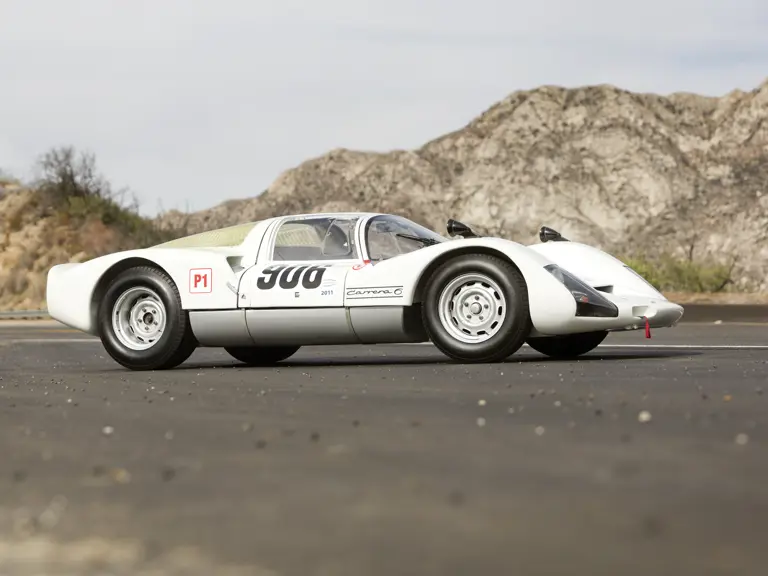
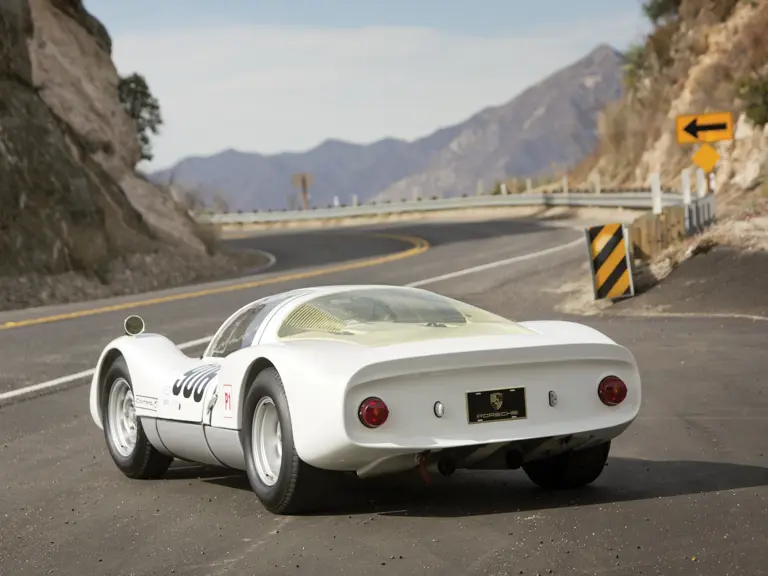



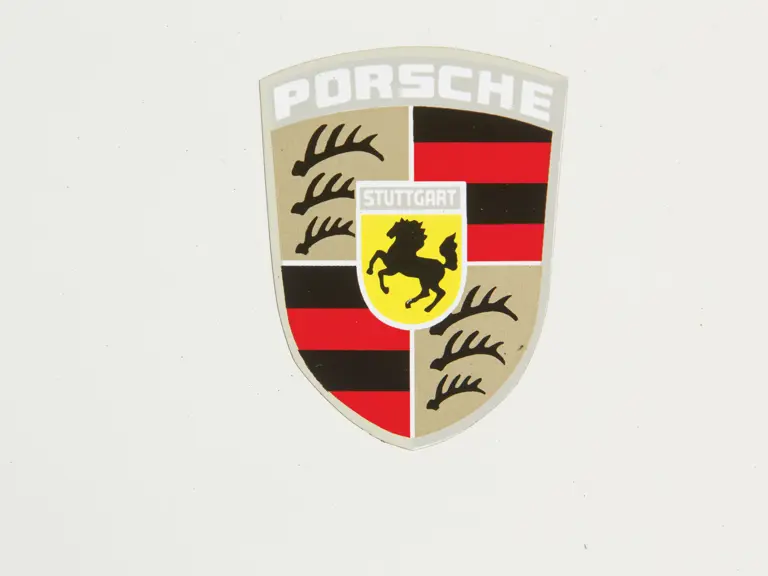
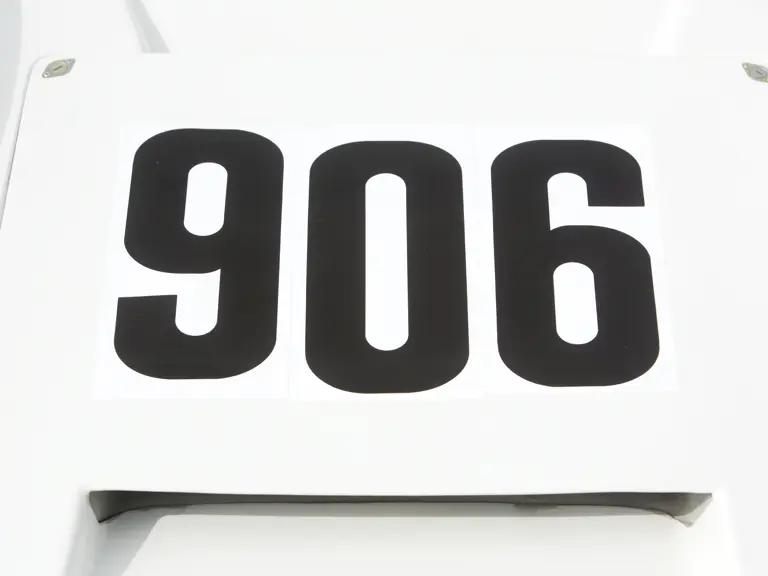
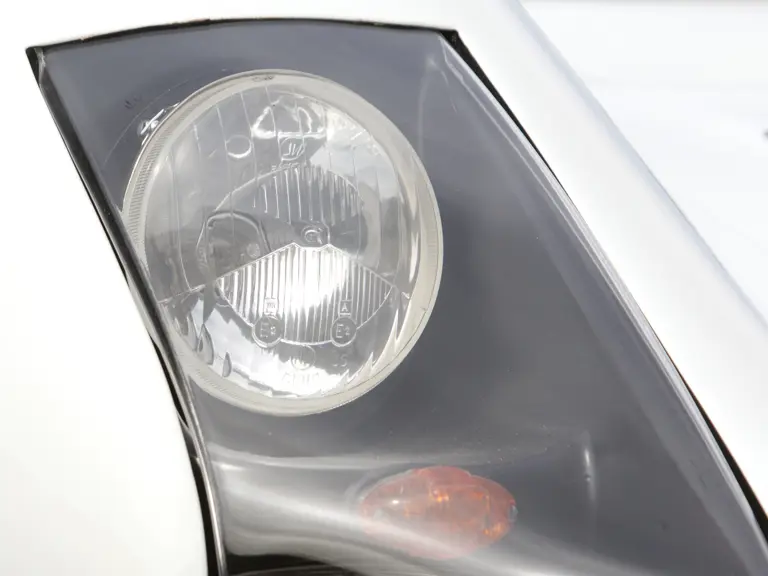


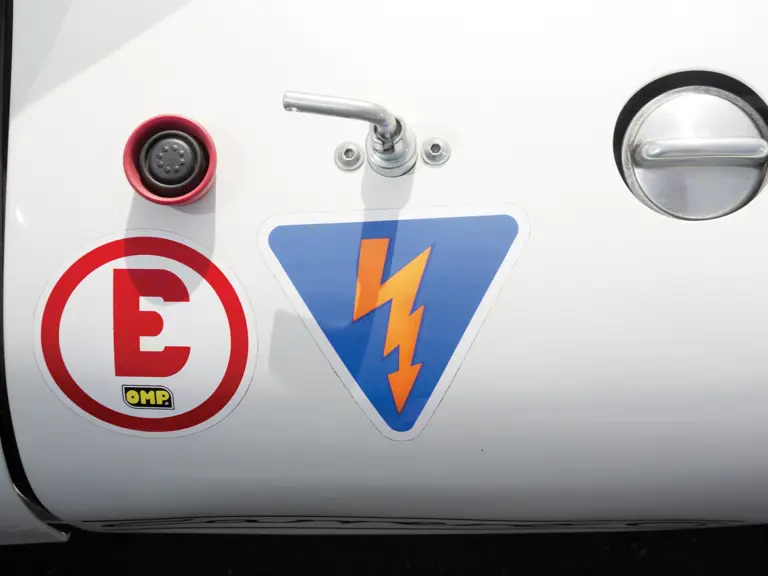
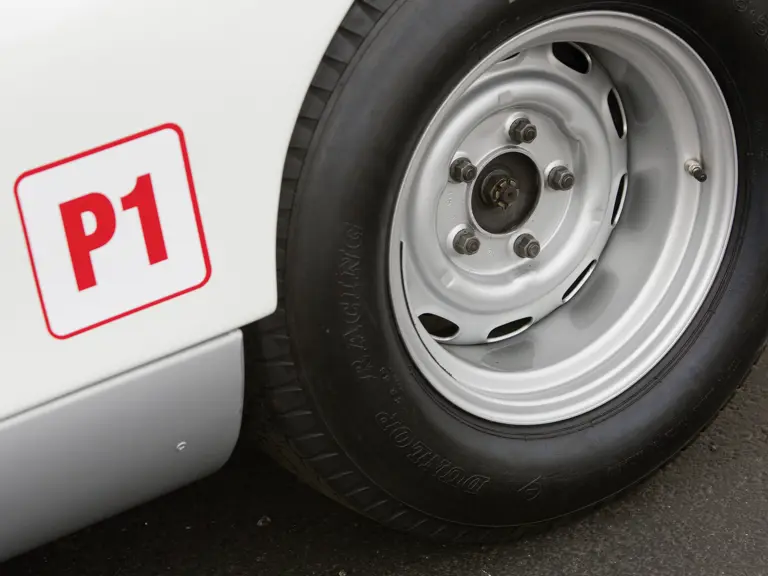
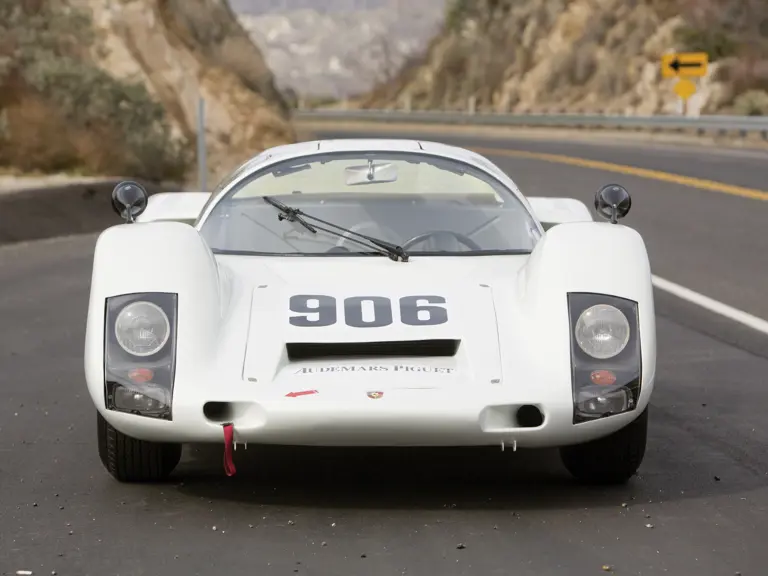

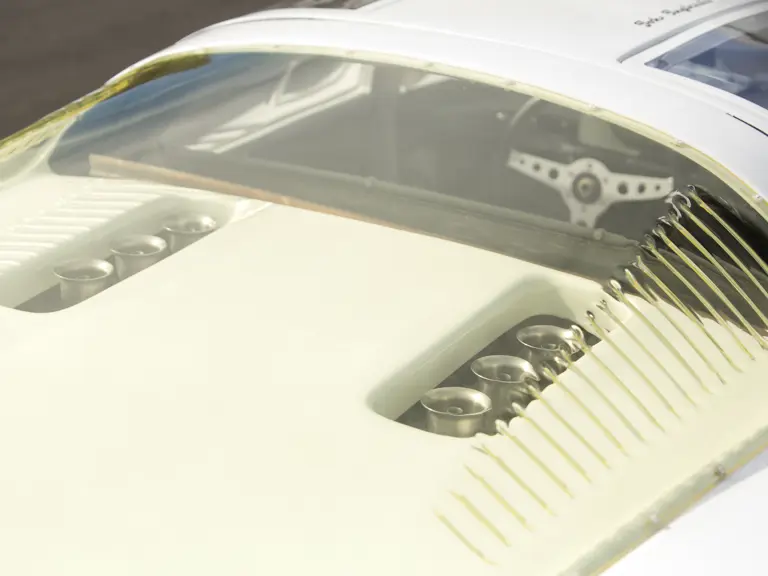
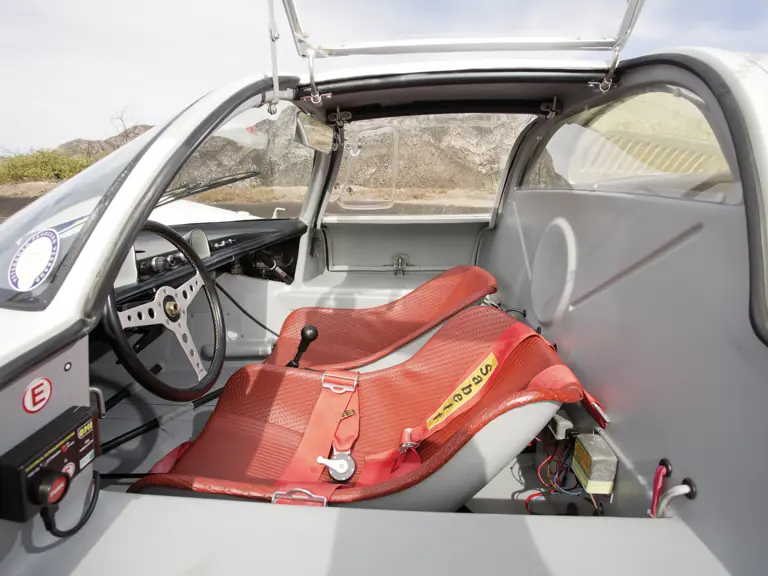
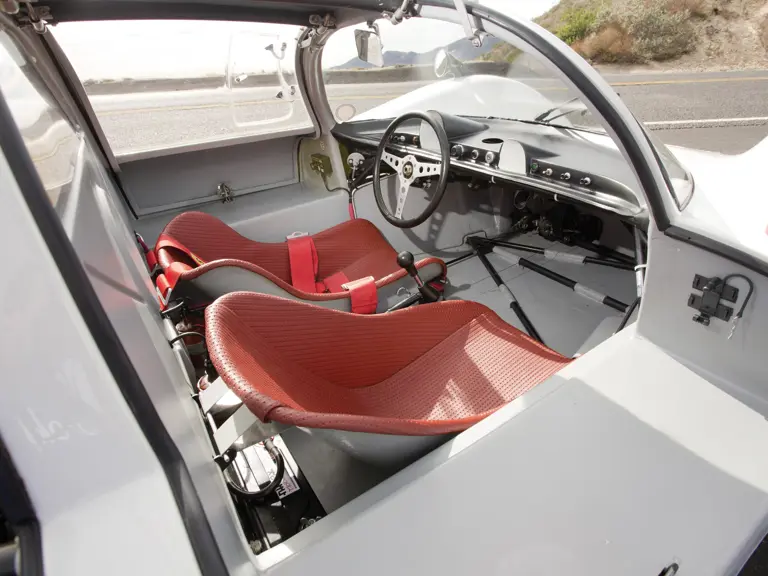
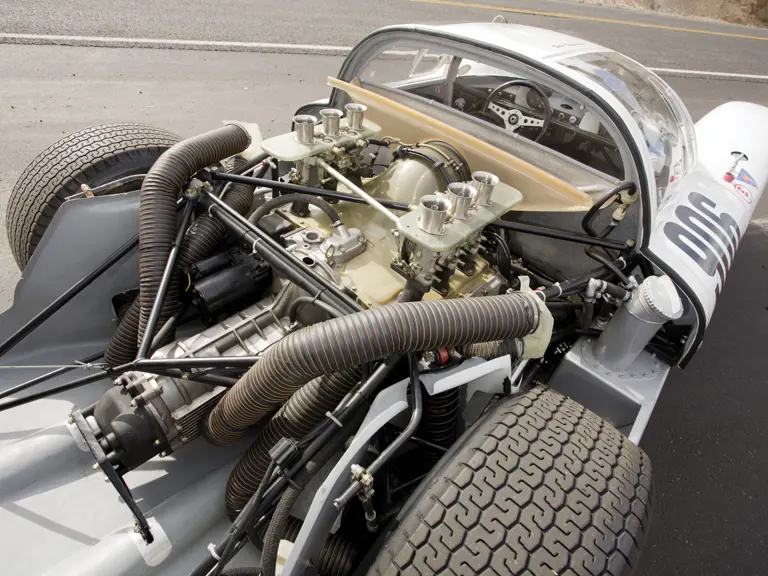


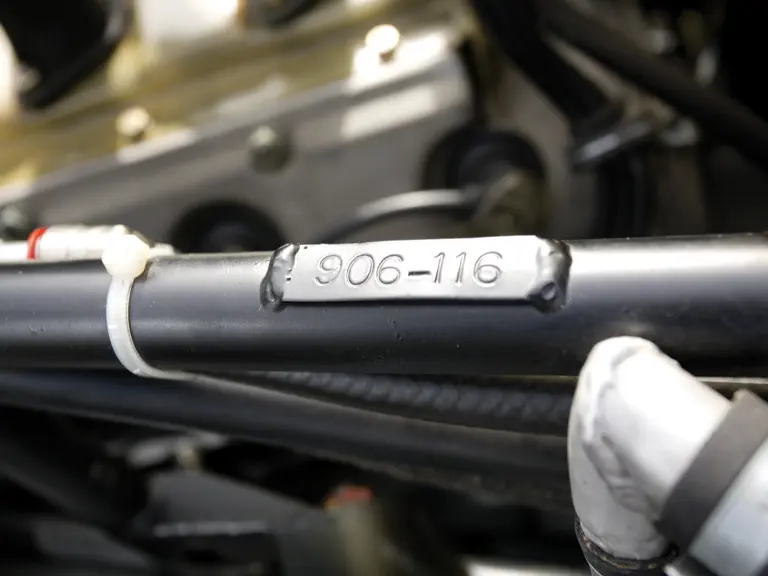

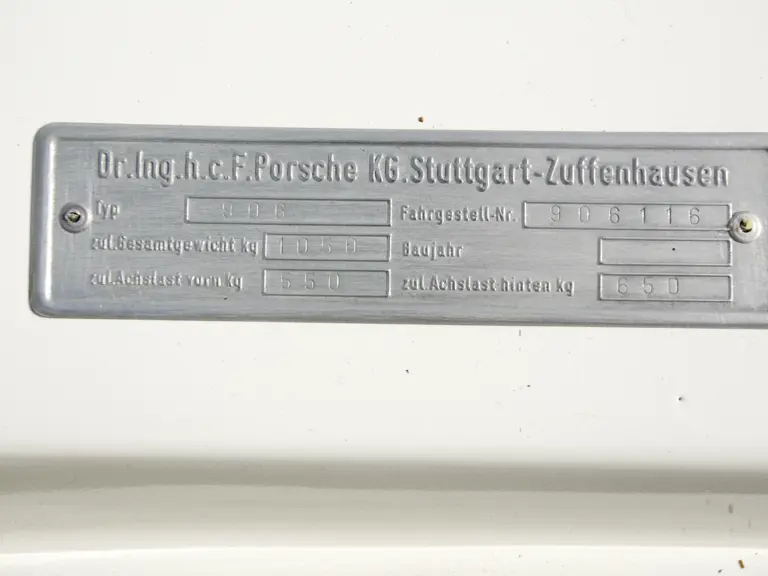
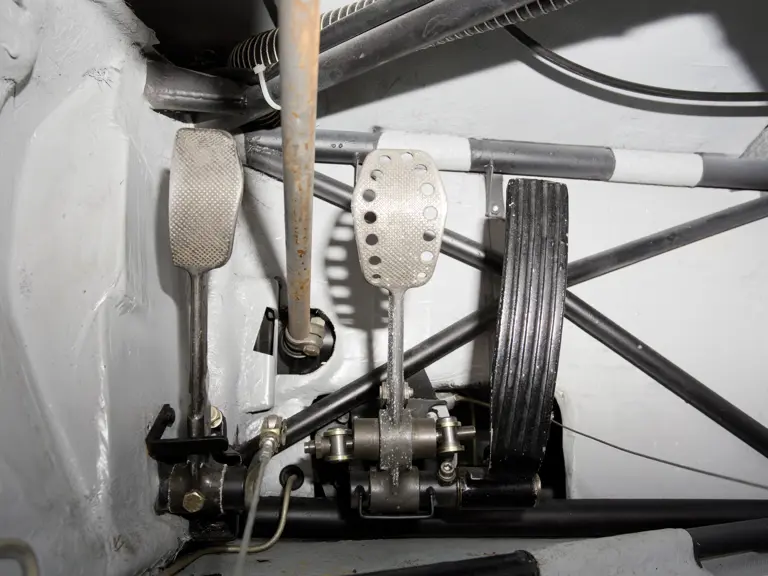


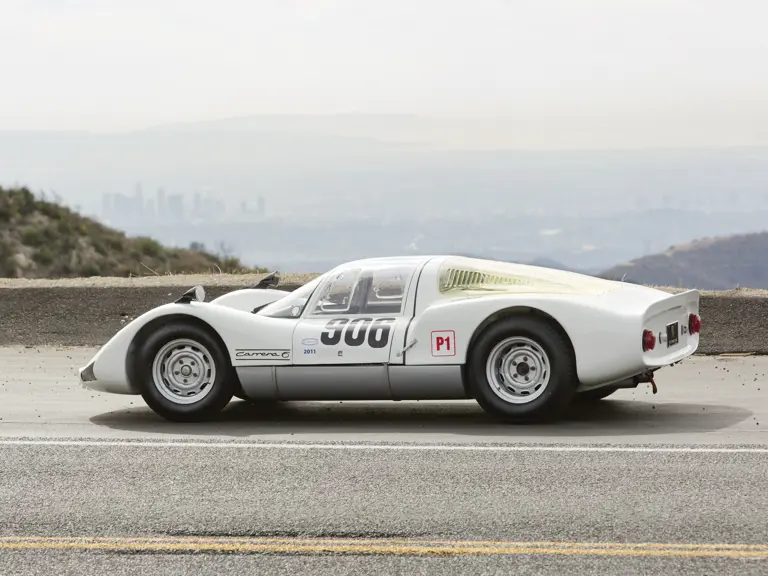
 | Phoenix, Arizona
| Phoenix, Arizona
